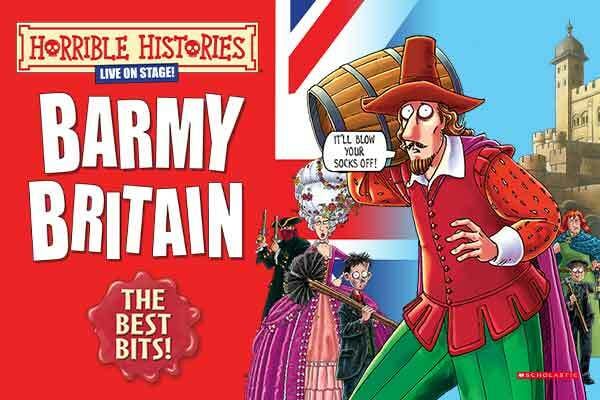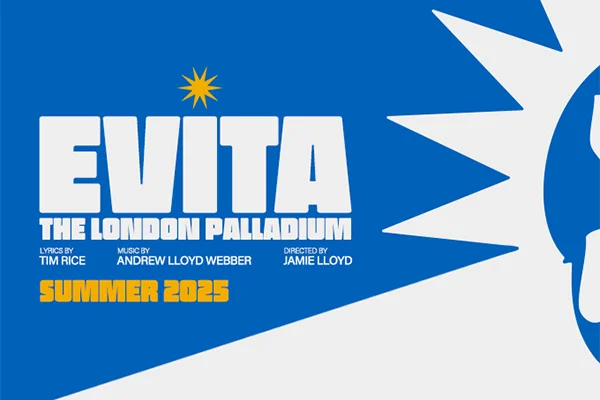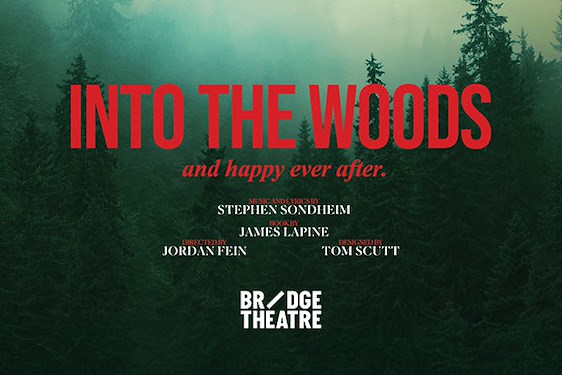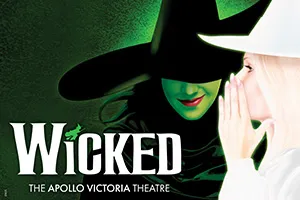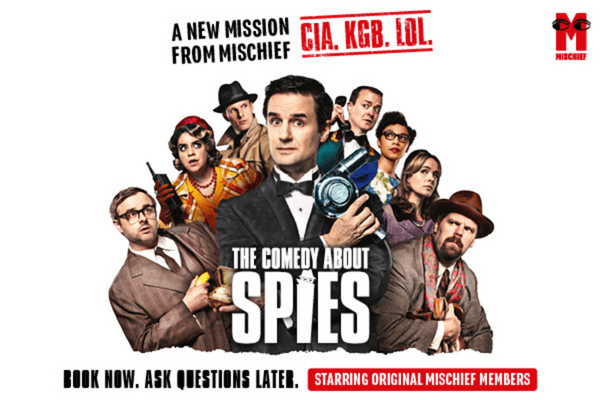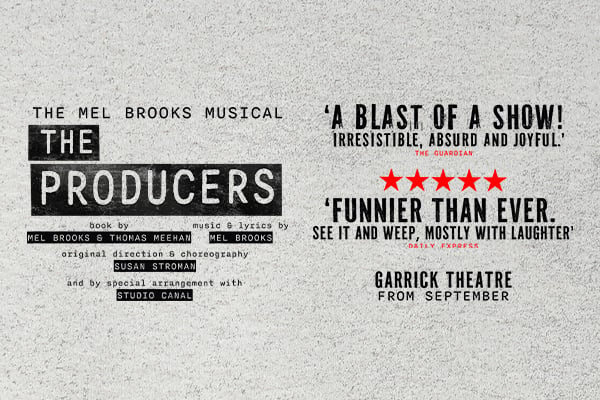Amid the gloriously eccentric trappings of the
The play's master-stroke is its use of audience interaction: wind, werewolves and raspberries are recorded live from the audience
The play follows the escapades of Albee and his sound machine Mustard as they travel to the edge of the earth in search of the the most beautiful sound in the world, which will ransom Albee's sweetheart Andromeda from the capricious clutches of the evil king. Drawing on Greek myth and Homer's Odyssey, in particular the stories of the Cyclops, the Sirens, and of Andromeda herself, Albee Vector weaves its way through a magical world in which sounds can be collected in jars and used to get out of sticky situations.
Cavendish and Woolf chop and change characters in a heartbeat, working their way through a plethora of chipper crew members and dastardly ogres and manservants, even taking on the other's character to free up the other actor for yet more parts. Cavendish also accompanies much of the piece on harp, Andromeda's music infusing the plot not only with additional sound effects, but also underscoring the play's moral, which is that the most beautiful sound in the world is necessarily subjective. Woolf's Albee is a bonhomous Perseus, galavanting and swashbuckling his way across the high seas with a sound-hoovering machine instead of a steed.
But the play's master-stroke is its use of audience interaction: wind, werewolves and raspberries are recorded live from the audience and then played back as if Mustard were hoovering them up and they were erupting from the jars in which Albee had stored them. A masterful demonstration of the power of storytelling, Albee Vector is everything that childrens' theatre should be - vivid, imaginative, and downright funny.







